Read all 18 other posts about tea | Instagram | LinkedIn | About
My favorite Chaozhou mini teapot has an engraving at its bottom. 壶中日月长 literally means ‘the sun and moon are long inside the pot’.
It comes from an ancient Chinese legend which refers to another world inside a pot, where time stops and the sun and moon continue forever — a world that transcends time.
During the Late Han Dynasty, Fei Changfang 費長房, an official from Runan in present day Henan Province (汝南, 河南省), encountered an old man - actually a transformed immortal - selling medicines at a market.
Fei Changfang was invited to enter a small jar and found himself into a vast, otherworldly space where time flowed differently. When he finally returned to the real world, believing that a long time has passed, he emerged to find that only a brief moment has elapsed in the outer world.
—『後漢書』方術・費長房伝 Book of the Later Han, associated with early Taoist practices.
拾翠亭 Traditional Teahouse
Alone last January, when I first stepped into Shusui-tei Teahouse in the Kyoto Imperial Palace Park, I could never have imagined that I would be revisiting it several times to share tea with others.
In this space, I remember the different teas I’ve been fortunate to taste across cultures — from Japanese matcha and Chinese teas (white tea, Wuyi yancha, Dancong oolong) to Taiwanese teas like Sun Moon Lake black tea, Dong Fang Mei Ren, and Shan Lin Xi high mountain tea.
Each tea is distinctive in its own way - shaped by the region, the mountain’s altitude, the year of the harvest, the temperament of the season, the hands that plucked and fired the tea leaves, and the patience of the tea maker. Each one offers its own unique flavors and stories.
Engraved in my heart is how I felt each time I sat down to drink tea with others, whether in quiet presence or mindful conversations. A slow, gradual, appreciation of the space - time forgotten and transcended, distractions dissolved, mind gently purified.
Tea in accessible forms
Beyond traditional teahouses and specialty teas, slow and mindful tea are accessible in many ways — shared with others, savored alone at home, or practiced as a form of spiritual cultivation — especially to those who most need the time and space just to pause.
Ai-Ling Truong shared some thoughtful reflections as below when I wrote the post ‘Tea - As You Are, As It Is’ this April. Australian-based Ai-Ling is a student of the Global Tea Hut (GTH) and has recently returned from GTH’s annual tea trip to Taiwan.
Practices like drinking tea or meditation were founded in Buddhist monasteries in the simplest and humblest of ways. At the local Buddhist temple near me, tea meditation is offered for free. When I share tea ceremony, I include offerings that are either free or by donation, so anyone can join.
My own tea offering is a silent, meditative ceremony. Simply creating a space where someone can sit quietly and receive tea without needing to do anything can be deeply powerful. It gives people a rare pause from their daily lives, and a chance to be still within themselves. The tea itself has calming, grounding qualities that help support a mindful state.
In groups, sharing tea can also create connection and a sense of community. There are many ways tea can be offered that hold space and bring people together.
I study tea with Global Tea Hut based in Miaoli, Taiwan. One thing that is emphasized is that the most important part of any tea ceremony isn’t the tea, the tea ware, or the setup — but the heart of the brewer.
The mindfulness and intention that is put into serving tea. Self-cultivation becomes part of the practice: to become the best person you can be to serve tea well. Using the same tea and setup, but change the brewer midway, and you will notice the difference.
It’s easy to meditate in a quiet room with soft music. But true practice shows when you can meditate in the middle of noise, chaos, or distraction. In the same way, tea can be served anywhere with whatever tools you have. Not perfection but continual practice. Not defined by material assets nor financial status but the approach and dedication to study.
, Writer of Bamboo and Jade, also generously offered her insights. We both connected through our previous work in the early childhood sector. Australian-based Debbie has worked in China as an Early Years teacher and pedagogical advisor. Check out her new book, ‘Into the Mountains: Exploring China’s Sacred Daoist Peaks’.
Below are selected quotes from Debbie’s longer response to the importance of acting with care - taking the time to brew tea in the traditional way to slow the mind and calm the spirit.
When ‘the west’ takes concepts and ideas from eastern cultures, it tends to take out all references to spirituality and package concepts like ‘mindfulness’ completely devoid of their origins. Mindfulness is a Buddhist spiritual practice.
In Chinese, 心 xin can mean heart-mind, and when it is translated to mean simply ‘mind’, it looses its meaning. It becomes a mental construct. We used to use the word “careful” when advising people to be conscious of, for example, where they are walking so they won’t trip. Now the word ‘mindful’ has become common. Personally, I prefer the word ‘careful’ as it means we are acting with care, for ourselves and others around us.
The growth in matcha sales has also been a trend - so much so that supply has not kept up with demand and we are now in a matcha shortage.
All of this is to say that (in Japan especially) there are many different “types,” or “use cases” of Matcha. Each use case will require a different Matcha. Yet in the West, there's little to no delineation when it comes to Matcha quality versus demand.
Inside a jar, there exists another world where time runs slower and the sun and moon last longer.
When we breathe, there is a motion of entering and releasing.
And perhaps, it is the letting go, a process of removal, that matters most in our modern, hectic lives.
Read all 18 other posts about tea | Instagram | LinkedIn | About

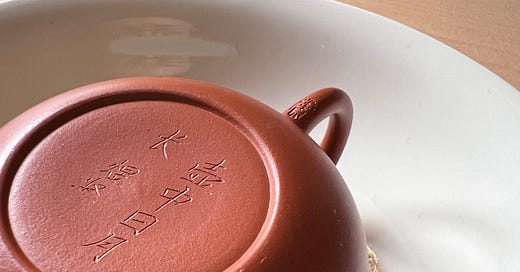



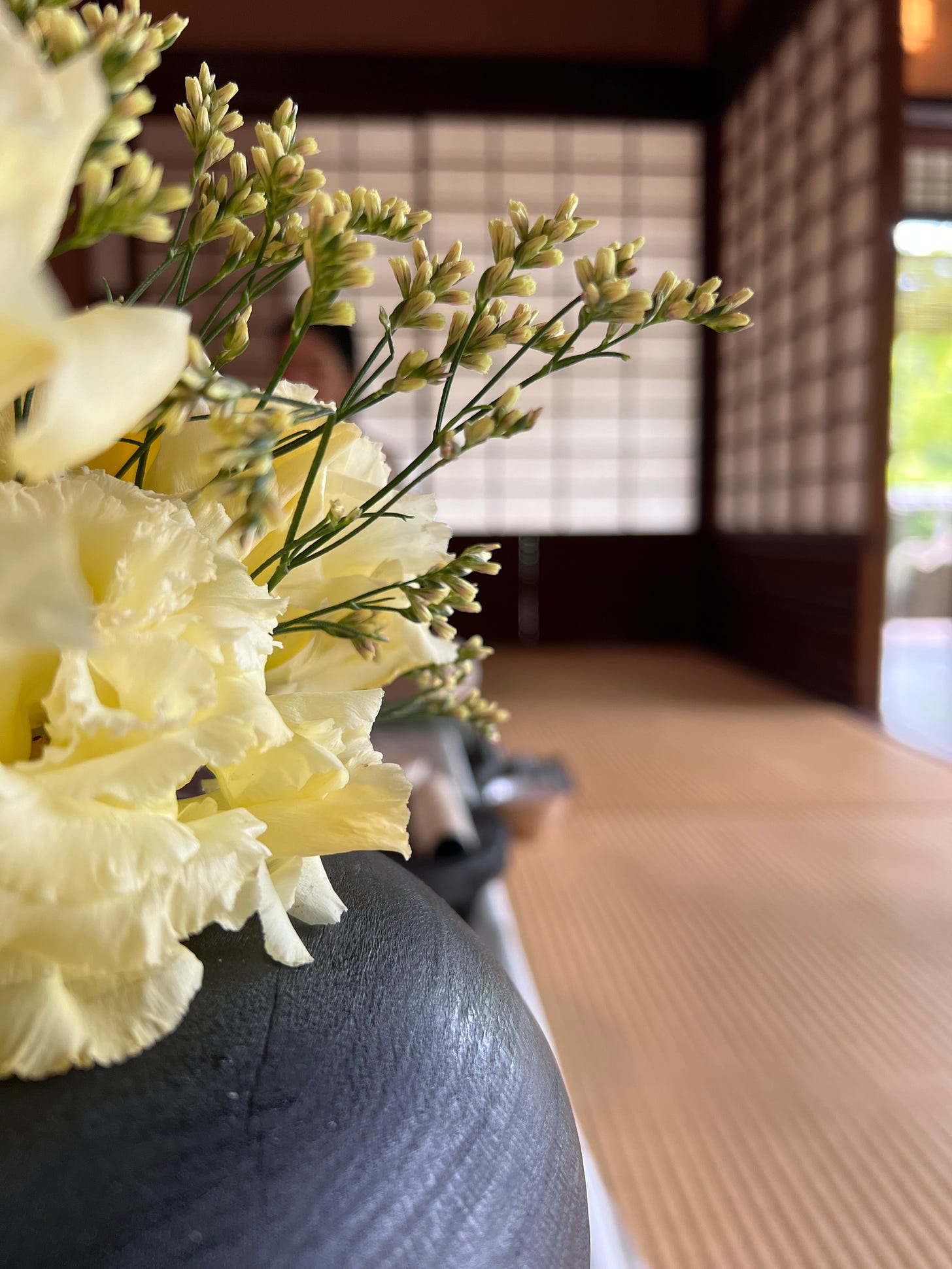
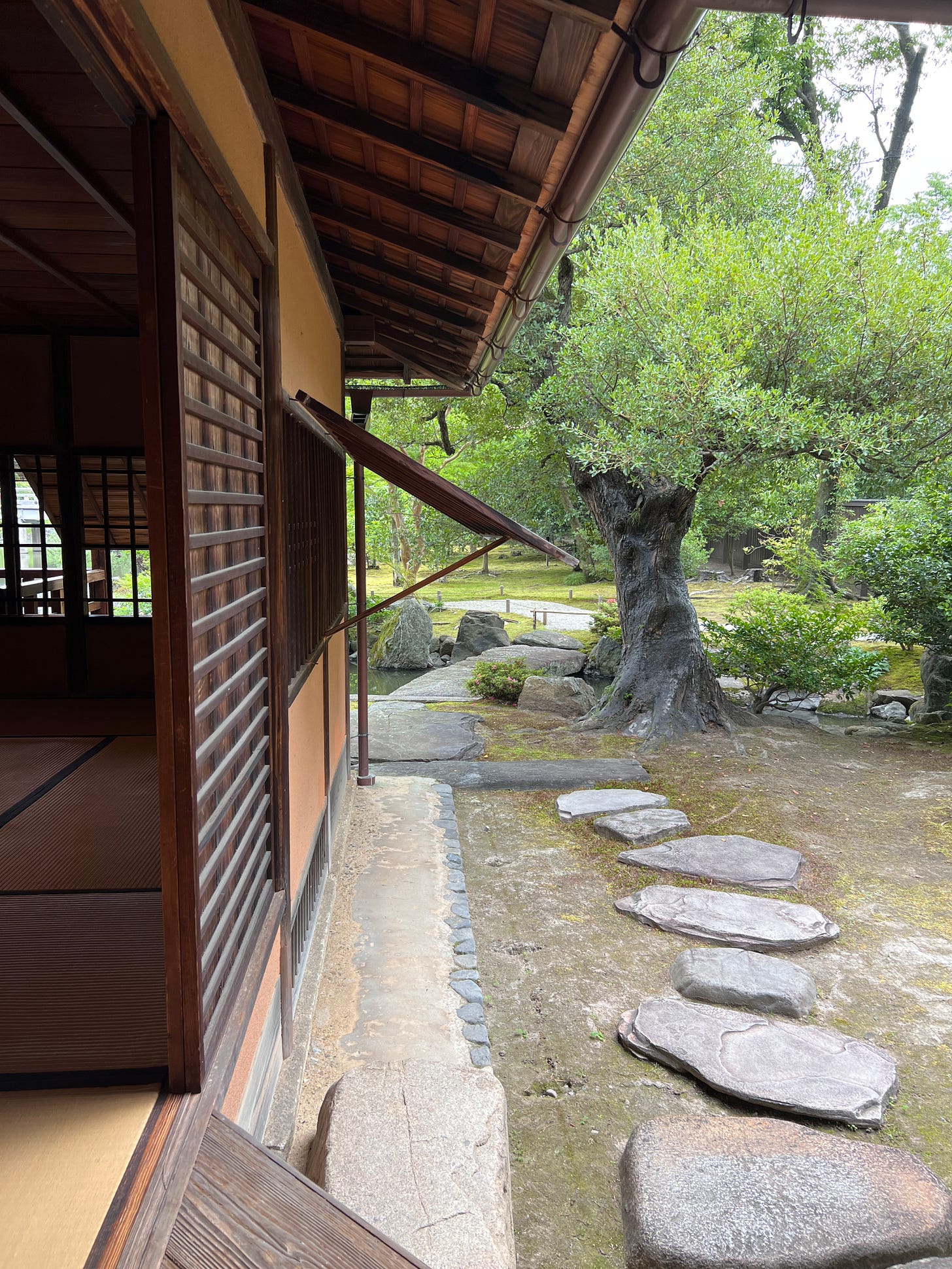
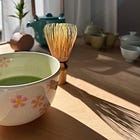
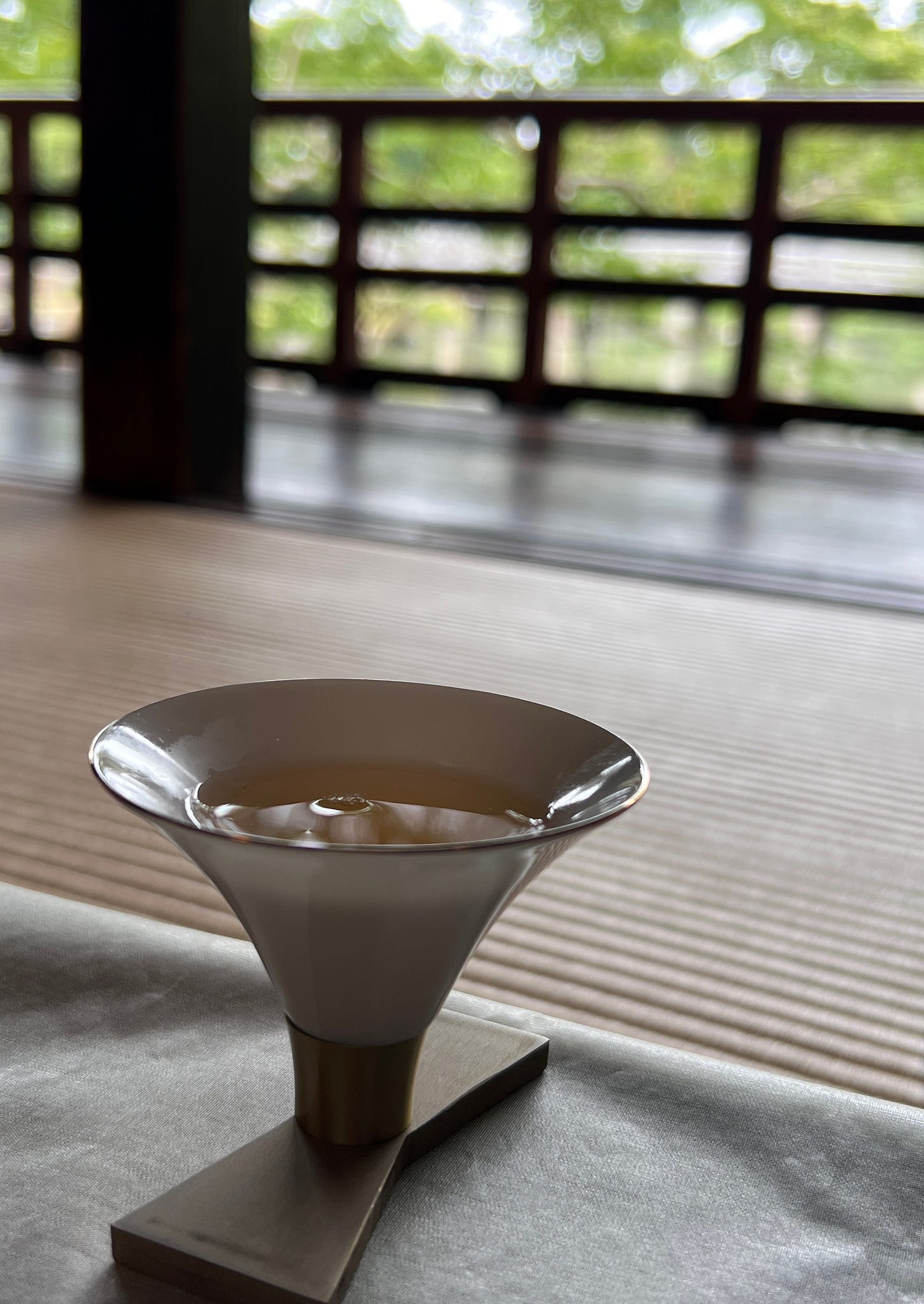
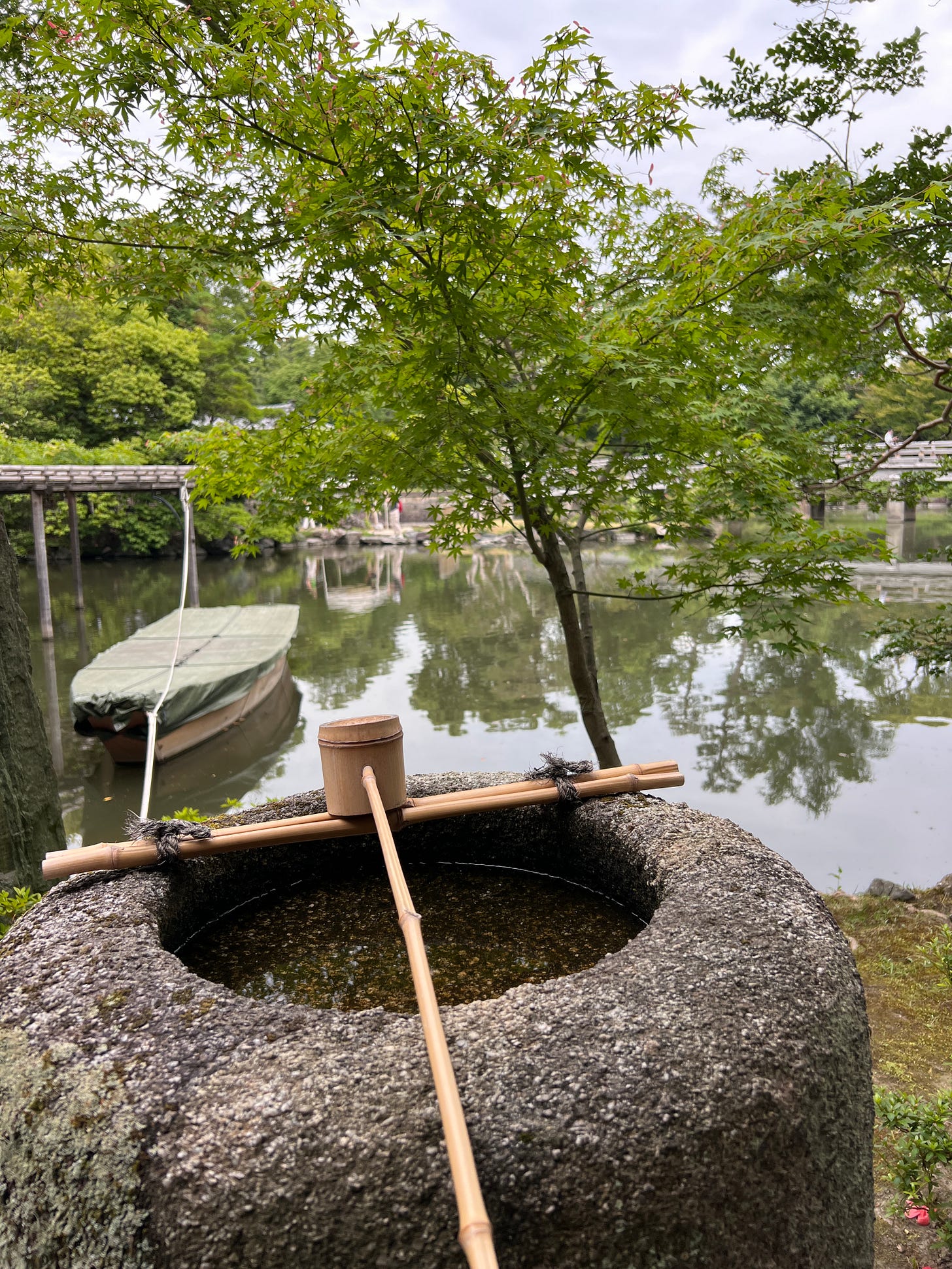
What a lovely story about the sun and moon in the pot!!
I loved this article